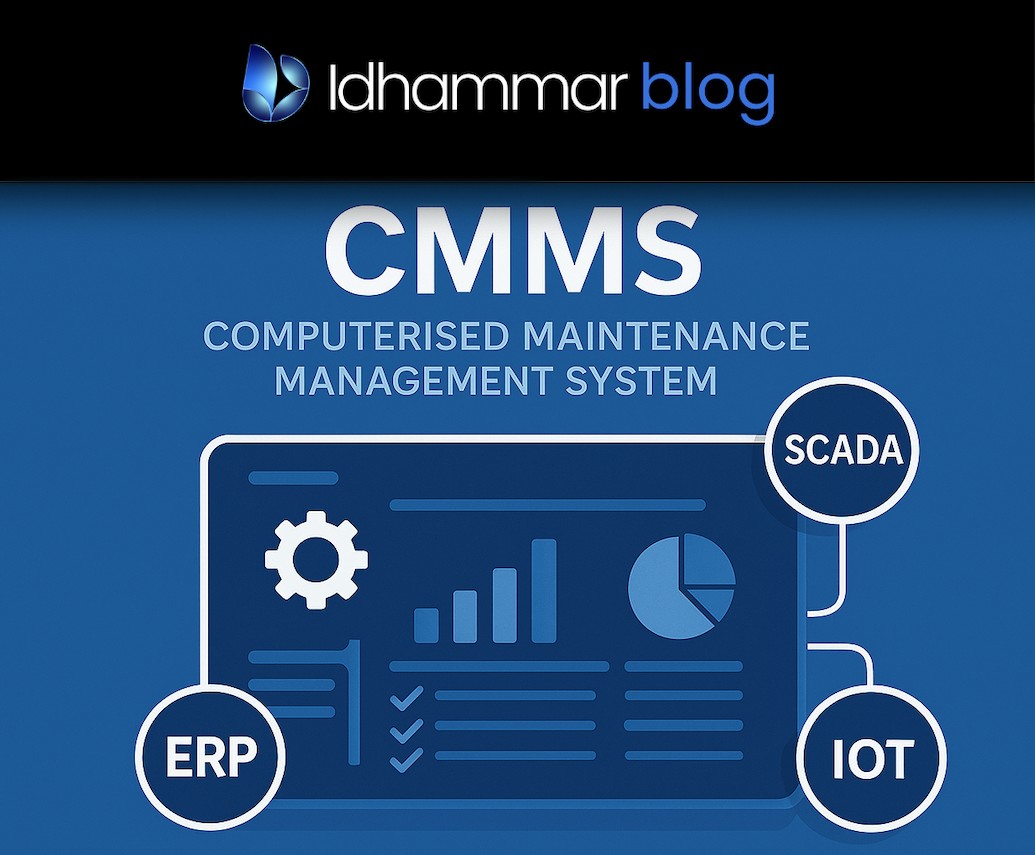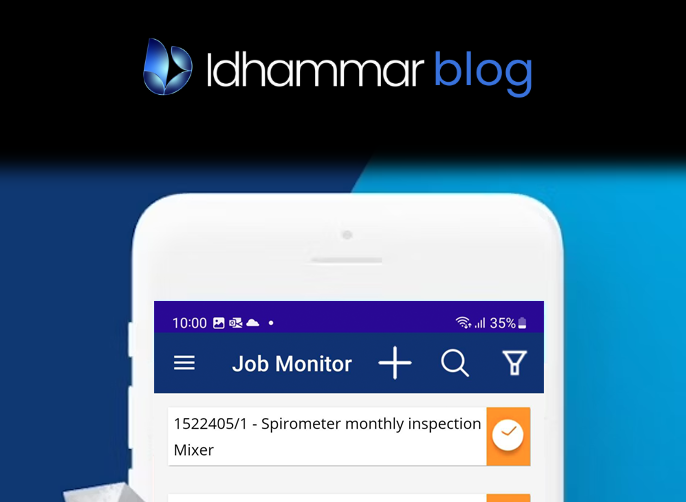Traditional maintenance practices can be costly and inefficient, leading to unexpected breakdowns and expensive repairs. Fortunately, there is an alternative approach that is revolutionising maintenance in industrial settings and other scenarios.
Predictive and condition-based maintenance leverage the power of data and analytics to predict when maintenance is needed, allowing companies to proactively address issues before they become major problems.
In this article, we’ll explore the benefits of these innovative strategies and how they are changing the maintenance game.
Traditional Maintenance Methods vs. Predictive and Condition-Based Strategies
Traditional maintenance methods are based on a predefined schedule; they often involve inspecting, cleaning, repairing, or replacing equipment parts regardless of their condition.
This approach can be expensive and inefficient, as it may lead to unnecessary maintenance tasks or missed inspections. Moreover, it does not account for the variability of equipment performance, which can lead to unexpected breakdowns and costly repairs.
On the other hand, predictive and condition-based maintenance strategies use data to accurately identify potential equipment failures before they occur. While these two approaches share similarities, there are key differences between them, as we will now explain.
Condition-Based Maintenance
Condition-based maintenance focuses on monitoring specific indicators or parameters that reflect the condition of assets; when predefined thresholds or criteria are detected, alerts are triggered so that the required maintenance actions can be arranged.
Condition-based maintenance allows organisations to address maintenance needs based on the actual condition of assets rather than fixed time intervals, which helps to optimise maintenance schedules, prevent unnecessary maintenance, and improve overall operational efficiency.
In its early days (pre-1980s), condition monitoring was nowhere near as effective as it is now. Legacy systems would monitor variables that indicated a failure was already occurring (such as high temperatures or low lube oil pressures). This helped maintenance teams to act quickly, but not in advance of the failure.
As condition monitoring evolved over the subsequent decades, systems started monitoring parameters that indicated a part needed attention, and not that a failure had already occurred. These measurements include motor current, speed and power, as well as bearing temperature and overall vibration.
This more advanced version of condition tracking provided teams with time to plan ahead and arrange inventory and labour in advance.
Predictive Maintenance
As with condition based maintenance, predictive maintenance involves the continuous monitoring of equipment in real-time using sensors and other devices.
However, this approach uses advanced predictive modelling techniques to anticipate when issues are likely to occur. The algorithms can forecast potential failures and identify maintenance requirements up to 90 days in advance in some cases.
As predictive maintenance has developed alongside other technological advances, it is often associated with the likes of ultrasonic monitoring and infrared thermography. It also supports the detection of a broader range of failure modes.
To summarise, both approaches contribute to more efficient maintenance practices, minimise downtime, and improve asset performance, but they employ different strategies to achieve these results.
More Benefits of Predictive and Condition-Based Maintenance
Improved Equipment Longevity
The early detection of degradation in equipment health allows maintenance teams to address/repair the parts or components in-question, preventing further damage and minimising maintenance costs on the whole. (Click for more about how to extend asset lifetimes).
Better Resource Allocation
Predictive and condition-based maintenance strategies help prioritise maintenance efforts by directing attention to assets that require immediate attention.
Rather than following rigid schedules, these approaches consider the actual condition of equipment and prioritise actions based on criticality and potential impact on operations.
This targeted approach ensures that maintenance resources are allocated optimally, focusing on the assets that are most likely to experience performance issues.
Greater Productivity
Naturally, reduced downtime means enhanced productivity (some research has even suggested that poor maintenance strategies can reduce production capacity by 20%.)
Cost Savings
Our Asset Management module (which handles predictive maintenance) is proven to bring year-on- year reductions in maintenance costs by 5% to 15%, with customers seeing ROI within 6-12 months.
Improved Safety
By detecting potential malfunctions before they escalate, organisations can resolve these safety concerns before staff are put at risk.
Compliance
The close monitoring of equipment condition and performance helps organisations meet regulatory requirements and industry standards. In addition, potential issues that may affect compliance are detected early, enabling timely corrective actions to be taken.
Implementing Predictive and Condition-Based Maintenance with Our Maintenance Software
Data Collection
Collecting data on equipment performance is a critical first step in implementing these maintenance strategies. Idhammar Systems’ computerised maintenance management system captures data and provides a single source of truth for all stakeholders.
Decision-Making
Our Condition Tracker module provides an early warning system against unexpected issues so that defects may be detected with plenty of time to intervene. Your maintenance team can define their own measurement parameters such as oil analysis, drive-belt tension, and operating temperatures/pressures.
The module also provides ongoing records of asset checks and verification that your operations are EHS compliant.
Planning and Executing Maintenance
There are two key modules that handle your maintenance planning needs – the Asset Management and Inventory Management modules.
Work Management
As well has handling predictive maintenance, the Asset Management module contains a Work Order Management tool, enabling staff to set start and completion dates and times, prioritise work orders and allocate resources. The module also handles inspections and lubrication scheduling.
Inventory Management
As mentioned, the beauty of modern condition based and predictive maintenance strategies is that they give you time to plan ahead, ensuring smooth-running operations across the board. That’s where the Inventory Management module comes in – it ensures all parts and components are available when and where you need them.
The automatic re-ordering function takes things a step further, preventing disruptions and unnecessary downtime due to stockouts, and also reduces the admin and manual checking that would otherwise be involved.
Other features include the management of requisitions, purchase orders, deliveries, returns, invoices and credits.
Conclusion
To summarise, both condition-based and predictive maintenance strategies are advantageous compared to the old-fashioned reactive approach.
Both strategies detect potential defects in advance; however, condition-based monitoring involves using pre-defined thresholds and criteria to alert maintenance personnel that the part needs attention, while predictive maintenance uses predictive modelling to forecast defects further in advance.
Both approaches help to reduce downtime and maintenance costs, extend asset lifetimes, and improve productivity, safety, and compliance.
To see these strategies in action, contact us today and book a demo of our CMMS software.





